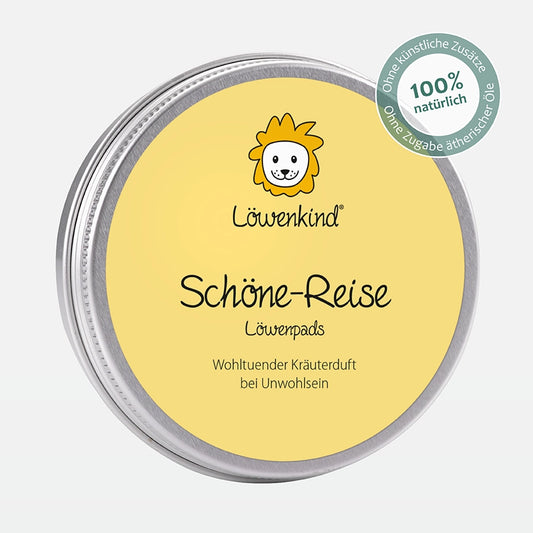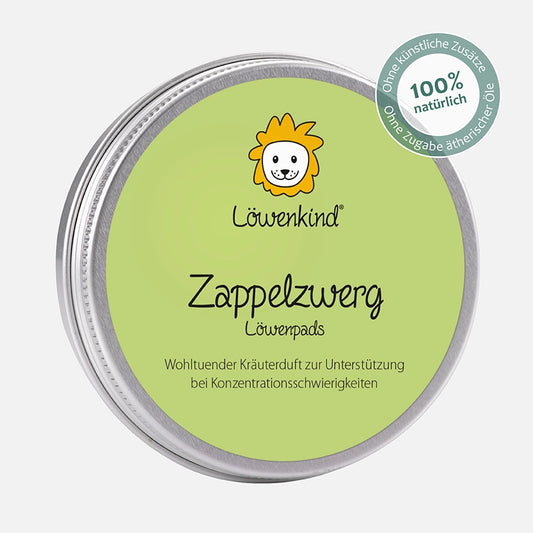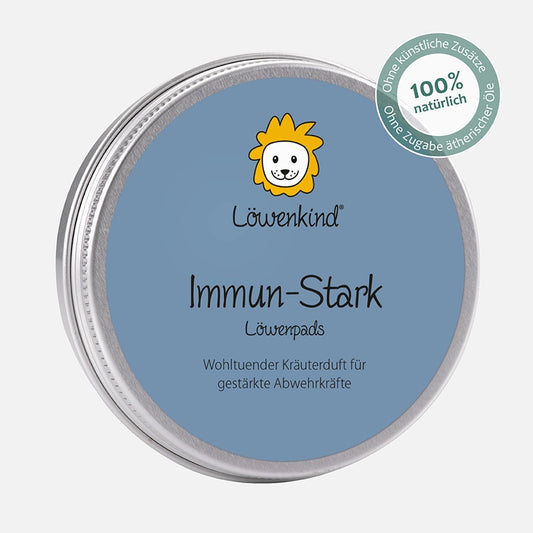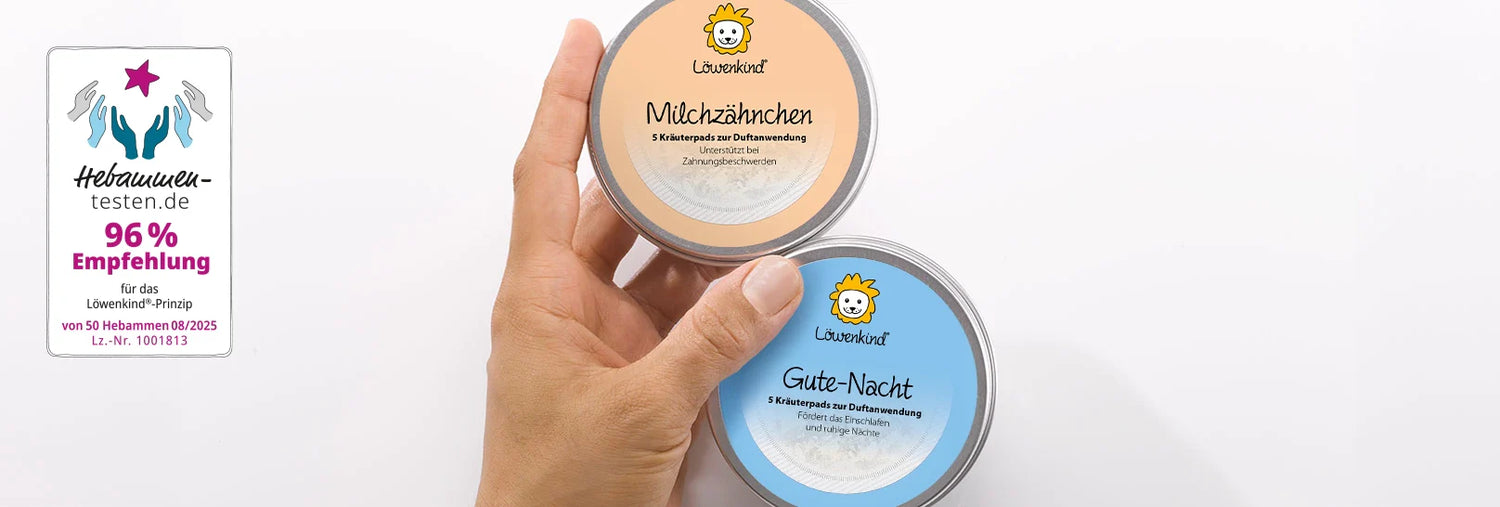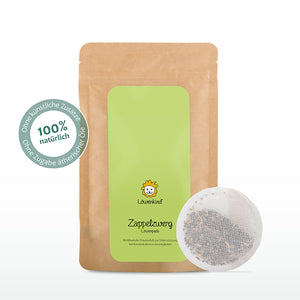Lavender (Lavandula officinalis) is one of the oldest and most versatile medicinal plants in the world. It has been valued for centuries for its calming, anti-inflammatory, and antiseptic properties. In this article, you'll learn more about the history of lavender, its valuable ingredients, and its diverse uses—especially for the needs of babies and young children.
Historical background of lavender
Lavender has a long history. It was used in mummification and as a perfume as early as ancient Egypt. The Romans recognized its antiseptic properties early on and used it to cleanse wounds and disinfect. The name "lavender" comes from the Latin word "lavare," meaning "to wash"—a reference to its historical use. In the Middle Ages, lavender was a staple in monastery gardens, where it was used to treat headaches, insomnia, and skin diseases. It also played an important role in European folk medicine.
Healing ingredients of lavender
Lavender contains a variety of active ingredients that contribute to its healing properties:
- Essential Oil : With key ingredients like linalool and linalyl acetate, which have a calming and relaxing effect and thus promote restful sleep.
- Tannins : These have an astringent and anti-inflammatory effect, which is particularly helpful for skin problems.
- Flavonoids : These antioxidant substances support cell health.
- Coumarins : They promote blood circulation and have an antithrombotic effect.
Thanks to these ingredients, lavender is an indispensable component of natural medicine.
Uses of lavender
- Calming and relaxing: One of lavender's most well-known properties is its calming effect on the nervous system. Lavender is often used in aromatherapy to relieve stress and sleep disturbances. The gentle scent of lavender can calm the nervous system, thus making it easier to fall asleep.
- Skin and wound care: Lavender is known for its antiseptic and anti-inflammatory properties. It's excellent for treating minor wounds, insect bites, or skin irritations, as it promotes healing and prevents infection.
- Pain relief: Lavender can also be helpful for muscle pain, joint pain, or headaches. Through its relaxing effect on muscles and its ability to promote circulation, lavender can naturally relieve pain.
- Support for gastrointestinal complaints: Thanks to its antispasmodic properties, lavender can be helpful for bloating and indigestion. It relieves abdominal pain and promotes healthy digestion.
- Mood improvement: In addition to its calming effects, lavender can also lift your mood and help with depression. Studies have shown that lavender has positive effects on the central nervous system and can improve overall mood.
Lavender for babies and toddlers
Lavender is particularly beneficial for babies and toddlers. Its calming effect can help restless babies sleep better and also provide relief for crying children. Lavender can also provide gentle relief for colic, teething pain, and skin problems. However, care should be taken to use lavender products only in age-appropriate dosages and to ensure they are specifically designed for babies. Essential oils should never be used in concentrated form on young children; instead, dried herbs are ideal for fragrance applications.
Conclusion
Lavender is a versatile and proven medicinal plant that no natural medicine cabinet should be without. Whether promoting restful sleep, caring for the skin, or relieving pain – lavender has numerous uses. Especially when caring for babies and young children, lavender can provide gentle and natural support to promote the well-being of little ones. This allows parents to first harness the power of nature before resorting to high-dose medications.
Are you fascinated by medicinal herbs? Learn more about the power of nature in our blog .





